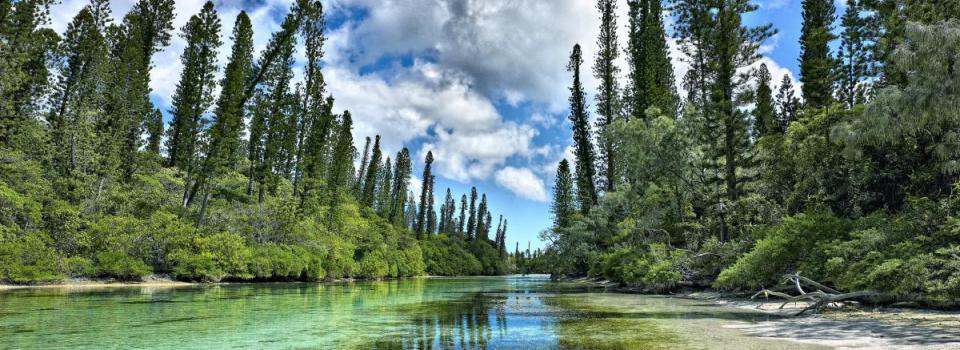Blog: Exploring creative and innovative approaches to environmental education
By Tanya Davies
Educators are tuning in to national passions to communicate nature conversation to their youth.
In El Salvador and Nicaragua, The Hawksbill Cup emulates the soccer World Cup but this match takes place between two beaches where endangered hawksbill turtles nest. The 'goals' in this case are things like eggs hatched, numbers of fledglings, and amount of community participation.
In Fangjinshan National Nature Reserve educators are also turning to national cultural tastes - this time to raise awareness of the largest amphibian in the world, the Chinese giant salamander. The park is using cartoons and a play on words slogan in school campaigns to increase knowledge, change attitudes and actions, and grow more community involvement.
Meanwhile, Marc Stern and colleagues have been analysing outcomes of environmental education. He discovered that the passion, knowledge and sincerity of the educator is critical. The tone and quality of the communicator really matters - and holistic stories with a clear theme and message, where multiple senses are engaged and the audience is provoked to consider a personal meaning, were much more successful. Interestingly, those who wanted to transfer knowledge rather than emotion were less successful. You heard it here first - tune in to large passions, and to pass on knowledge make sure our young people are feeling something.
Find out more about the Hawksbill Cup on YouTube and the Chinese giant salamander on Vimeo.








